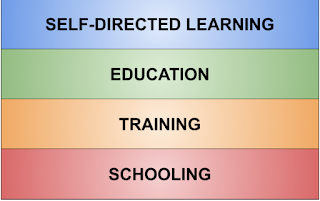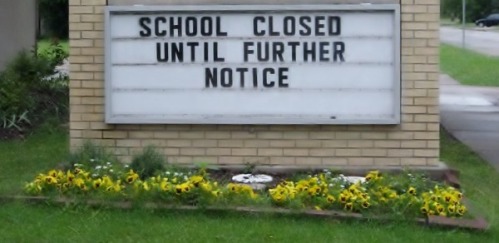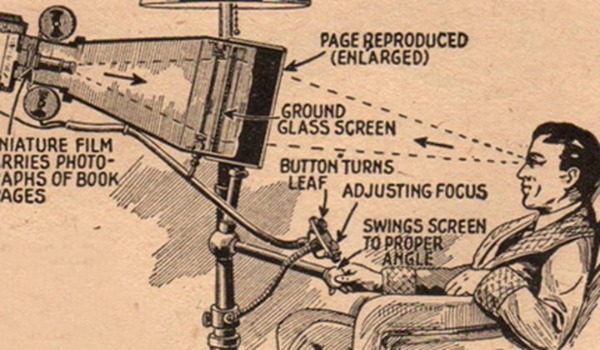School at Home

Image by mohamed Hassan from Pixabay
I've been helping a few teachers with their online teaching the past month as American schools closed due to the COVID19 pandemic and they were forced to become virtual teachers. Some teachers and schools were ready. Some were not.
Those that were ready had not only put in place software for conferencing and course management but had trained teachers and students to use it. They would also have determined that both groups had the hardware to use the software. I had to loan two teaching friends headsets with microphones since the stores are also closed. The very best schools had also made sure that teachers were using these tools on a regular basis for homework help, materials storage, and discussions. Some schools were already in virtual mode when there was a snowstorm or weather issue or if a student was out for an extended period.
While one teacher I worked with had his textbook online (an open textbook - hurray!) another did not. Her school had sent students home for 3 days while they did a rush training on using Google Classroom with teachers. In those 3 days, the decision was made not to reopen the school. Guess what? Many of the students had not brought home any textbooks or notebooks, and now they could not return to school. Good luck having students read chapter 11 and work on the problems at the end.
One resource that has been around for a while is Khan Academy, a non-profit educational organization created in 2008 by Salman Khan with the goal of creating a set of online tools that help educate students.
They offer short lessons in the form of videos and supplementary practice exercises and materials for educators. All resources are available for free to users of the website and app.
Knowing that teachers and students at this time were affected by the school closures and with social distancing Khan Academy stepped up their offerings. They give a suggested but adaptable daily study schedule to help build a routine while learning at home. For high school students prepping for college admission, recent SAT test cancellations are causing some panic. They offer FAQ about the SAT and havean suggested SAT study plan.
Sal Khan even thought to create a meditation video playlist with simple meditation techniques to help you calm your mind, relax, and focus.
I love that they have made available a Google Form where you can ask for other resources you need that they might create. Sal is doing a daily livestream on Facebook and YouTube where he answers questions live.


